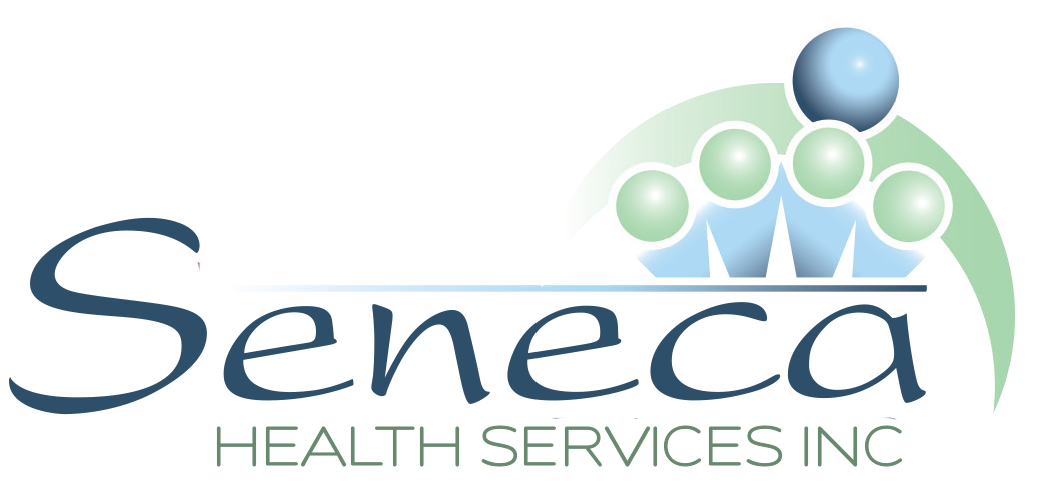
5 Signs Your Child May Be Using Substances
It can be a terrifying thought to imagine that your child is using substances, but substance use among adolescents is a real issue. According to the Centers for Disease and Control, the substances most commonly used by young adults are alcohol, marijuana and tobacco. CDC findings also show that by 12th grade, about two-thirds of students have tried alcohol. Furthermore, one-tenth of the alcohol consumed in the United States is consumed illegally by people ages 12-20 years old.
If you have cause to presume that your child is drinking or using drugs, be prepared to address it. Substance use is dangerous, and it puts your child’s health and safety at risk right now and in the future. Keep reading to learn more about five signs that may suggest adolescent substance use.
Sign #1: Shift in Mood or Personality
Parents sometimes shrug off their child’s mood or personality changes as being hormonal. While some moodiness is normal in young adults, it is abnormal if these changes happen rapidly and without reason. Some examples of mood or personality changes to look out for in children can include:
- Sullen, withdrawn or depressed
- Appears less motivated
- Silent or uncommunicative
- Hostile, angry or uncooperative
- Deceitful or secretive
- Appears unable to focus
- Has a sudden loss of inhibitions
- Hyperactive or unusually elated
Sign #2: Change in Hygiene and Appearance
Adults and children who use substances will often neglect personal cleanliness and their appearance. If you notice sudden changes in your child’s appearance or hygiene regimen, it may be an indication that substance use is involved. Some examples of changes in hygiene and appearance to look out for in children include:
- The smell of smoke or other unusual smells on the breath or clothes
- Messier than usual appearance
- Poor hygiene
- Frequently red or flushed cheeks or face
- Burns or soot on fingers or lips
- Track marks on arms or legs (or wearing long sleeves in warm weather to hide marks)
Sign #3: Secretive Behaviors
Some children are more withdrawn than others, but if that type of behavior is uncommon for your child, or if you notice further alienation from family and friends than usual, it may be a telltale sign of substance use. Some examples of secretive behaviors to look out for in children can include:
- Changed relationships with family members or friends
- Absenteeism or a loss of interest in school, work or other activities
- Avoids eye contact
- Locks doors
- Disappears for long periods
- Goes out often, frequently breaking curfew
- Secretive with the use of their phone
- Makes endless excuses
- Often uses over-the-counter preparations to reduce eye reddening or nasal irritation
Sign #4: Change in Physical Health
The health-related problems that stem from substance use vary by the substance. Some health changes are easily observable, while others are not as obvious. If you notice any changes in your child’s physical health, you should consult with a doctor as soon as possible. If your child appears unresponsive, you should call 911 immediately. Some examples of changes in physical health to look out for in children can include:
- Frequent sickness
- Unusually tired and/or lethargic
- Dilated or pinpoint pupils
- Unable to speak intelligibly, slurred speech or rapid-fire speech
- Nosebleeds and/or runny nose, not caused by allergies or a cold
- Sores, spots around the mouth
- Sudden or dramatic weight loss or gain
- Skin abrasions/bruises
- Frequent perspiration
- Seizures and/or vomiting
Sign #5: Evidence of Drugs or Drug Paraphernalia
One of the most revealing signs that your child may be using substances is the presence of vapes, alcohol, drugs or drug paraphernalia. You may randomly discover these items in a hidden stash, or if you think there is a problem, you may decide to search for them. Beforehand, you will need to decide if you want to tell your child about the upcoming search, and if not, be prepared to calmly explain to your child why you looked through their items. Some places children stash drugs or drug paraphernalia could include:
- Inside drawers, beneath or between other items
- In small boxes or cases
- Under a bed or other pieces of furniture
- In a plant, buried in the dirt
- In between or inside books
- Under a loose floorboard
- Inside over-the-counter medicine containers
- Inside empty candy bags
Seek Help for Child Substance Use | Seneca Health Services
If you notice any combination of these symptoms or behaviors, make sure to address the problem with your child as soon as possible by speaking calmly, coming from a place of concern and sharing specific details to verify your suspicions. Substance use is not something to take lightly, and if your child is using substances, you should enlist help from a physician, licensed therapist or other health care provider.
At Seneca Health Services, we have over 40 years of experience providing behavioral health services throughout southeastern West Virginia. We help adults and adolescents struggling with substance use disorders (SUD) get their lives back on track. Our qualified medical professionals provide assessment and medication treatment when appropriate.
We are here to lend support to you or someone you care for who is engaged in substance use. If you or someone you know needs help, please do not hesitate to contact the Seneca office nearest you or use the link provided here.
Greenbrier County, West Virginia: 304.497.0500
Nicholas County, West Virginia: 304.872.2659
Pocahontas County, West Virginia: 304.799.6865
Webster County, West Virginia: 304.847.5425
